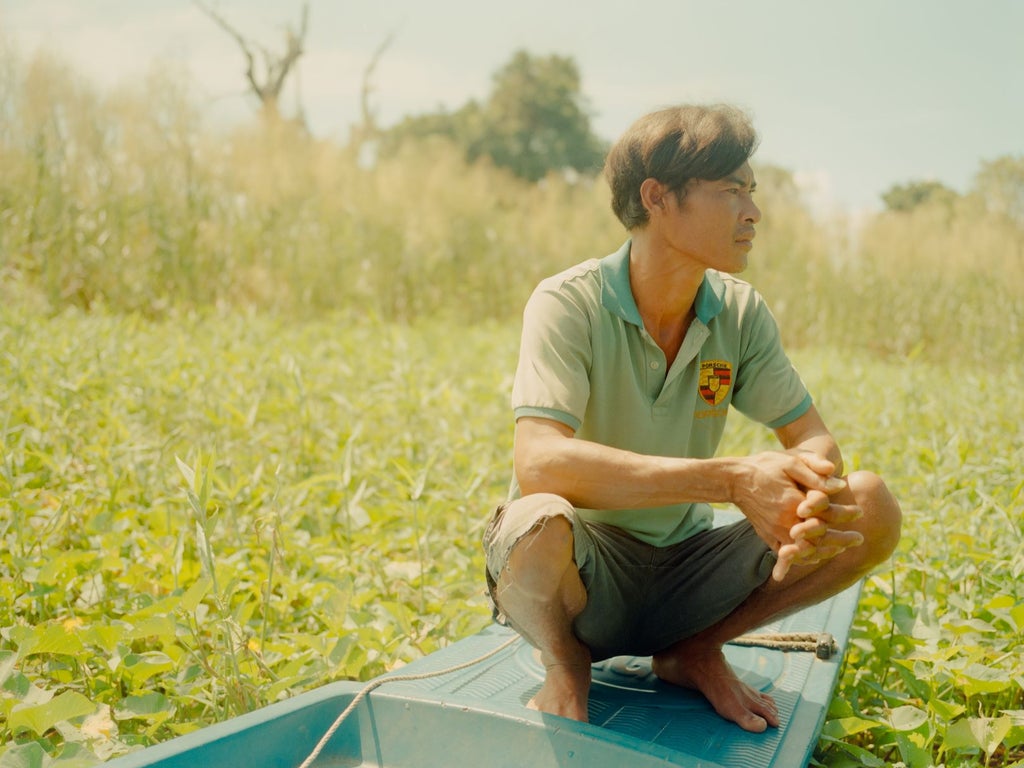
Southeast Asia’s largest freshwater lake is facing an emergency as the delicate ecosystem is damaged because of a combination of the climate crisis, overfishing and upstream dams.
Many of the Tonle Sap lake’s surrounding communities depend on the water source for their income. However, the lake has dropped in volume below its historical average, according to the Mekong River Commission.
Each year the lake relies on the Mekong River reversing its flow to replenish the water supply and provide fresh fish which feed a large portion of the country.
However, recently the water levels on the Mekong River have lowered significantly due to shorter wet seasons. This has left many families poorer and unable to buy drinking water, forcing them to rely on the already diminished lake for supply.
It has also meant that with the combination of increased droughts, pollution and depleting fish stocks have pushed many families into poverty.
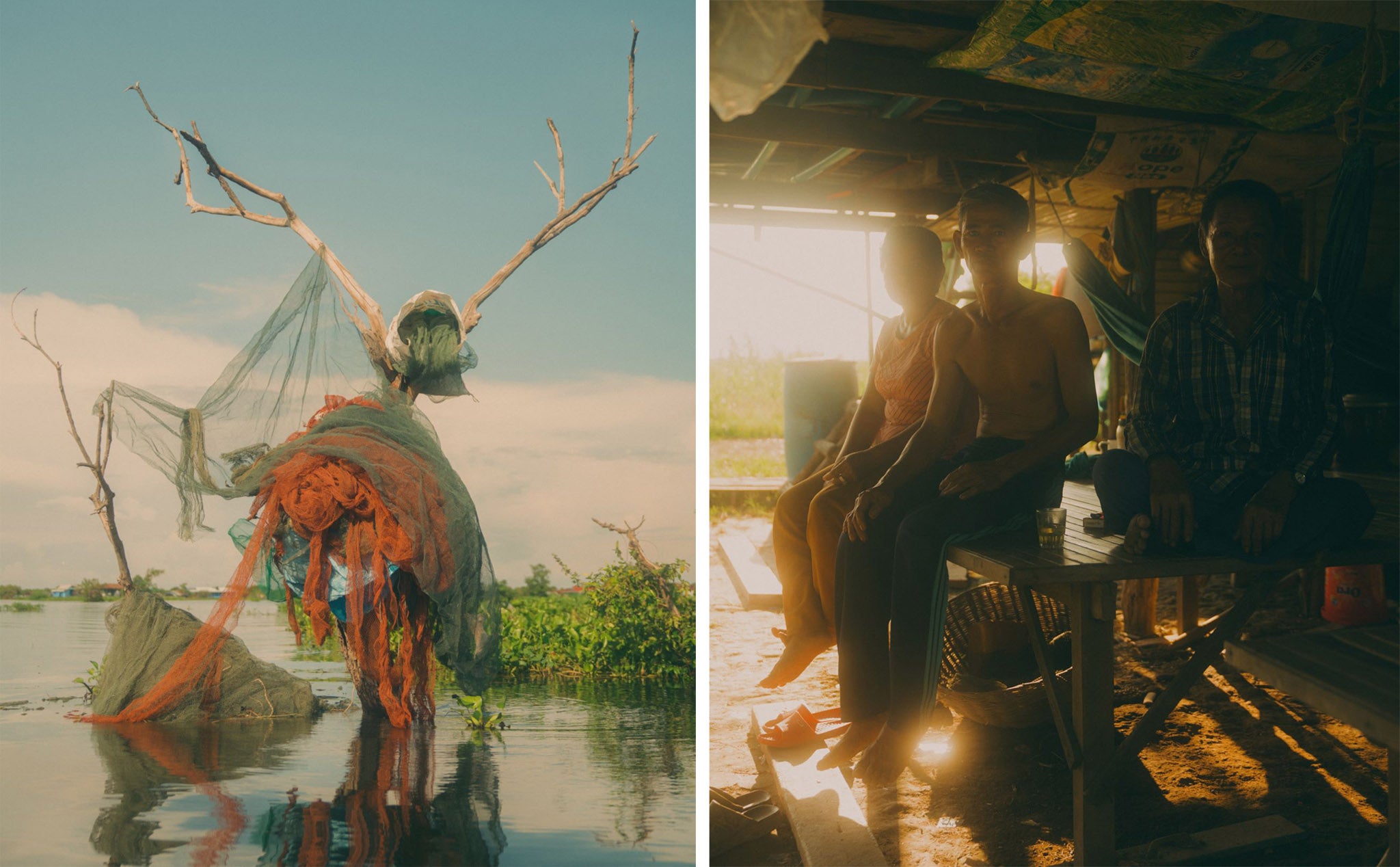
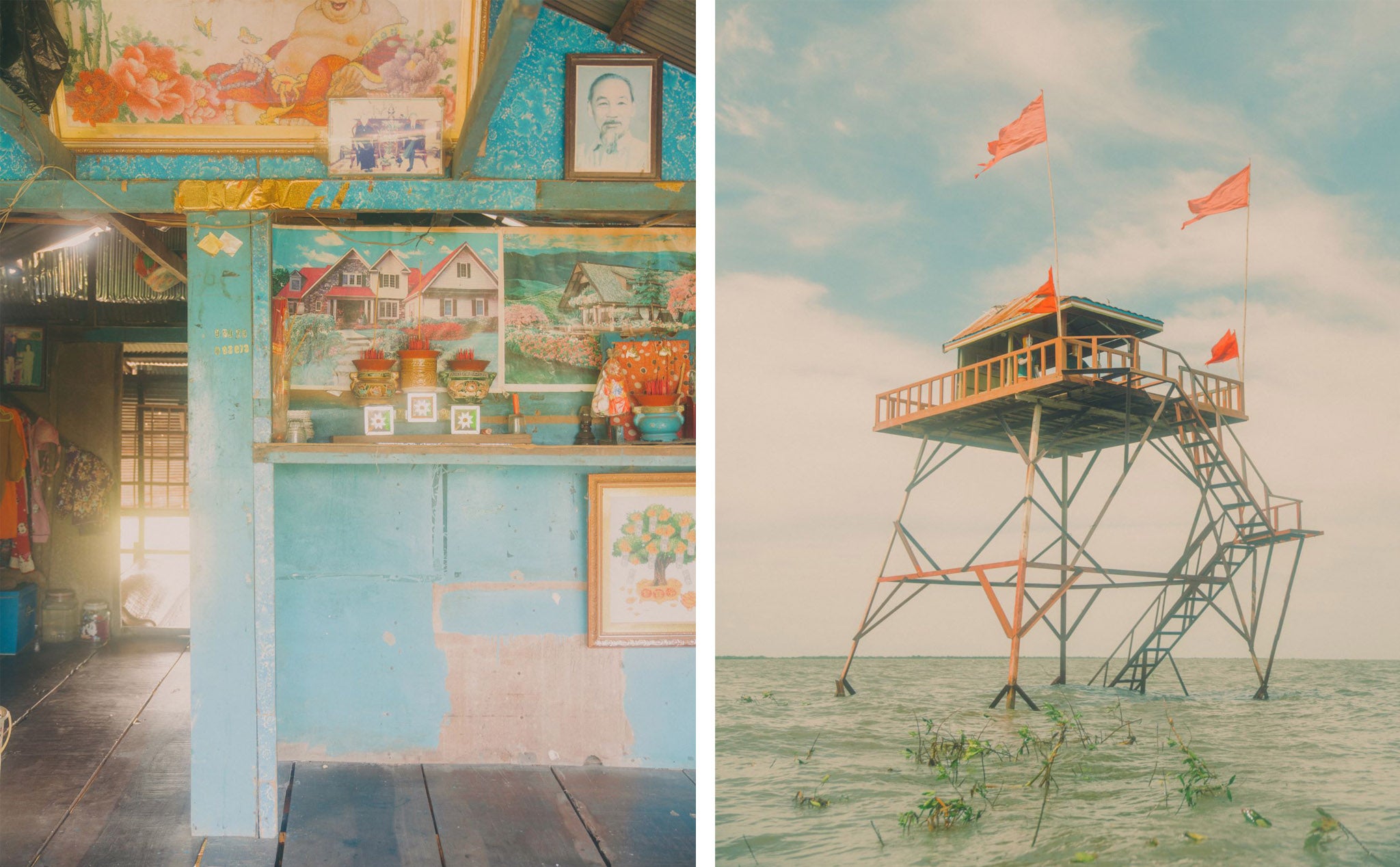
Singaporean photographer Calvin Chow spent 16 days travelling on a “tiny boat” with a translator through some of the 170 lake communities to photograph the ongoing ecological uncertainty.
He has titled this project Once Beating Heart to reflect the delicate ecosystem with relies on the “pulse” of water from the Mekong River to the Tonle Sap lake.
While photographing the series in the peak of the wet season Calvin met Mr Ta, who lives in a floating home with his three-year-old daughter. Without the regular income from fishing, he is unable to afford clean drinking water and collects his supplies from the lake.
Meanwhile, other families are unable to afford decent toilet facilities, with many telling Calvin that installing a permanent latrine is “inconceivable”.
“These families’ lives are shrouded by a complex web of circumstances,” says Chow. “I feel that the Tonle Sap is now at a pivotal point, climate change is seriously impacting those who depend on the lake. Ultimately it really all boils down to the fact that when there’s less fish, there’s less income for people to afford basic necessities – like water to drink.”
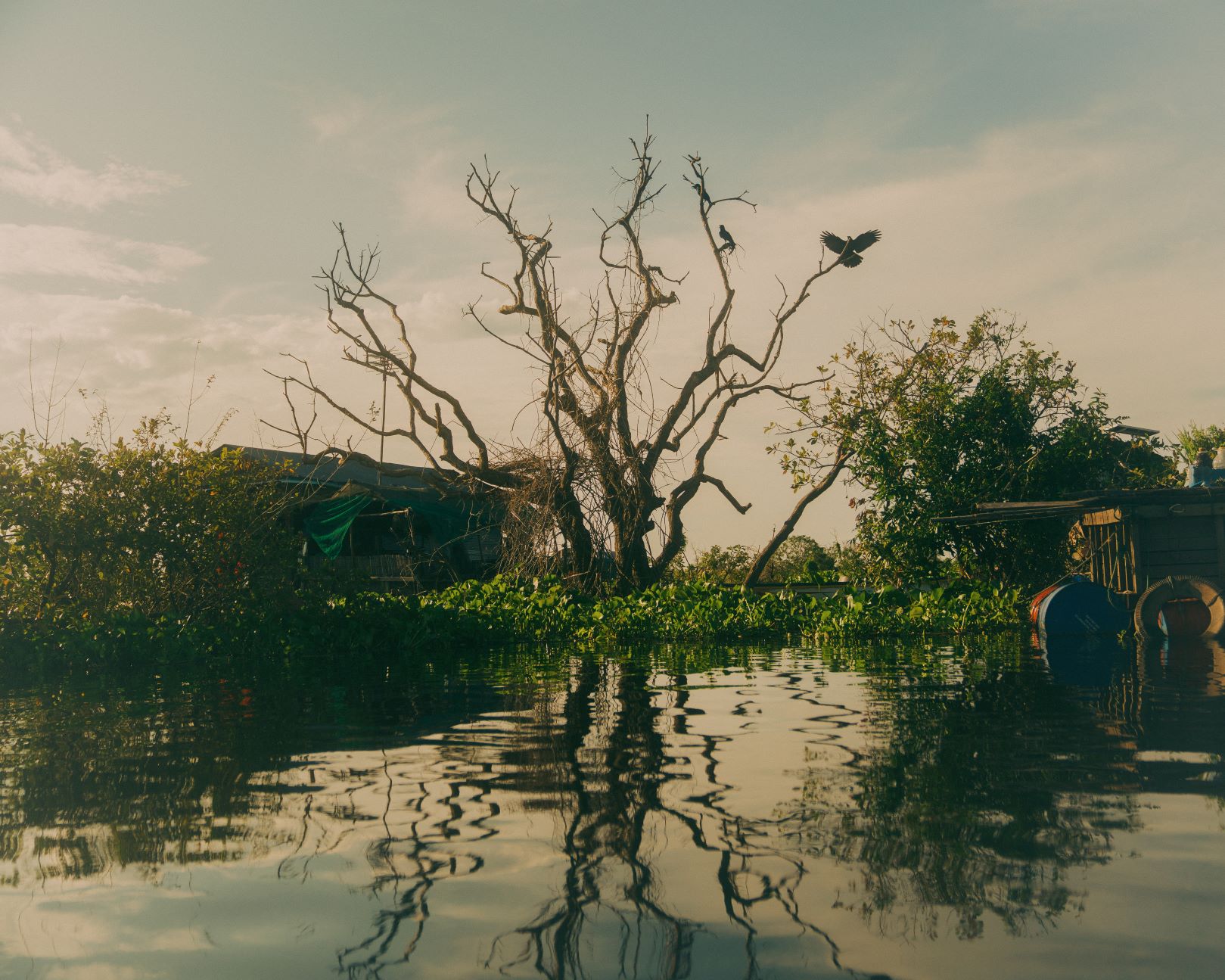
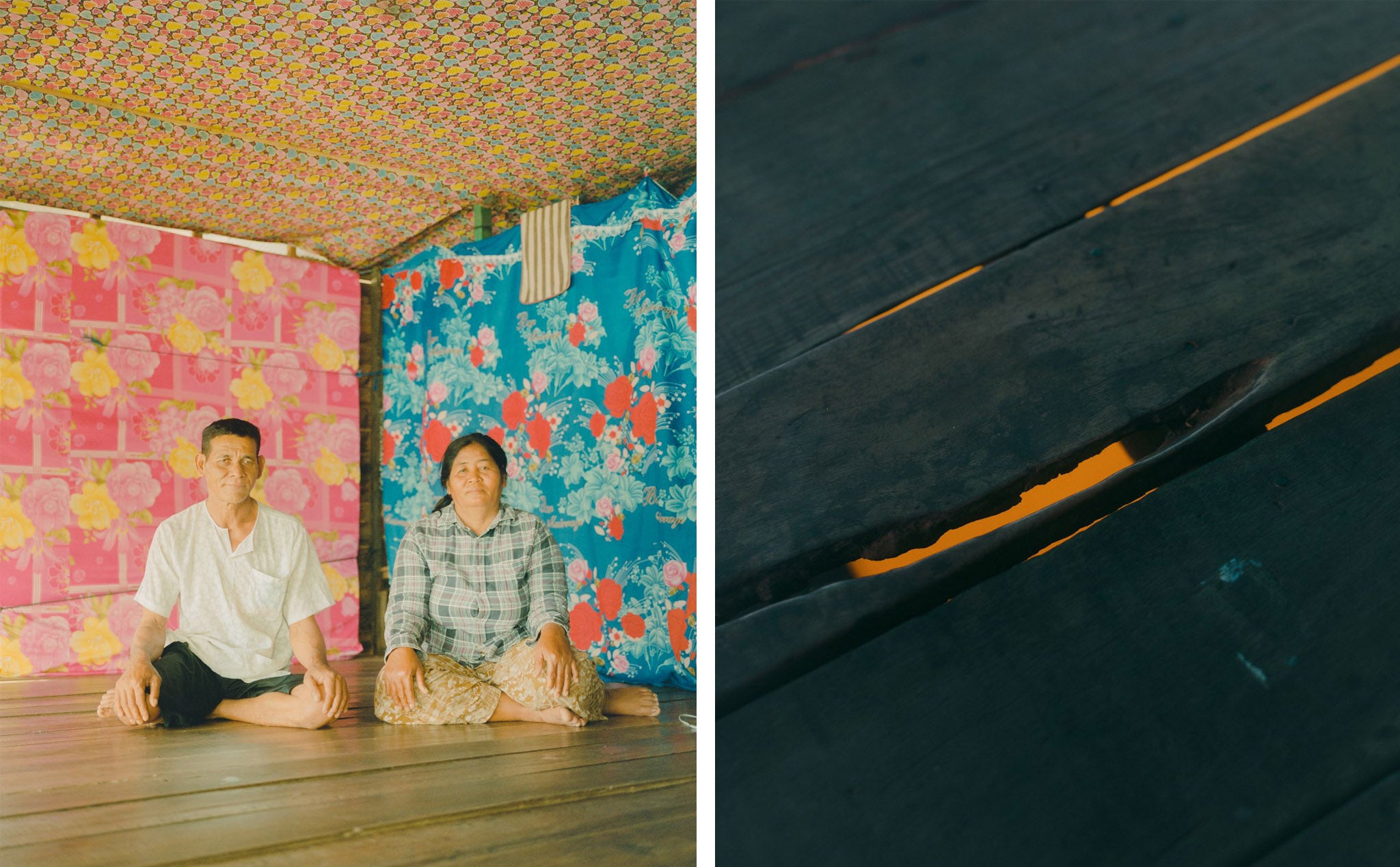
Calvin partnered with WaterAid for this project in the hopes that his photographs will tell the stories of the families directly affected by climate change, and galvanise people into action.
WaterAid says it is working in Cambodia to ensure communities have access to sanitation, hygiene and a reliable supply of water that keeps pumping through flood, drought and natural disaster. With clean water, decent toilets and hygiene, people can stay disease-free, go to school and earn a living.
“This partnership has given us a platform to showcase new voices telling powerful stories about the impact climate change is having on people’s access to clean water,” WaterAid’s Sophiep Chat says.
“Calvin’s captivating photo series, opening and closing with images of nets, instils a feeling of interconnectedness but hints at entrapment too. Life on the Tonle Sap is both extremely complex and entirely simple, but everyone depends on the water.”
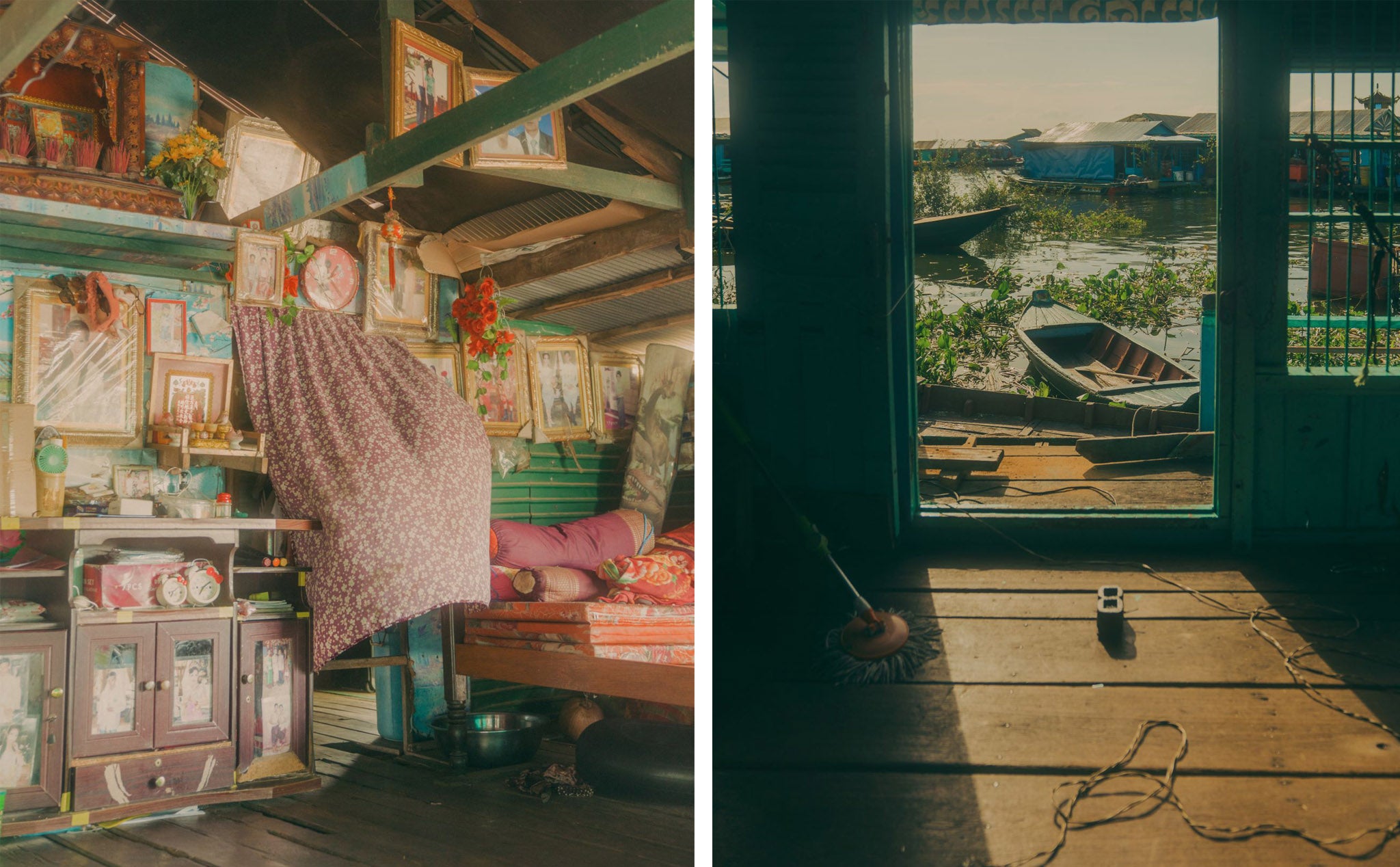
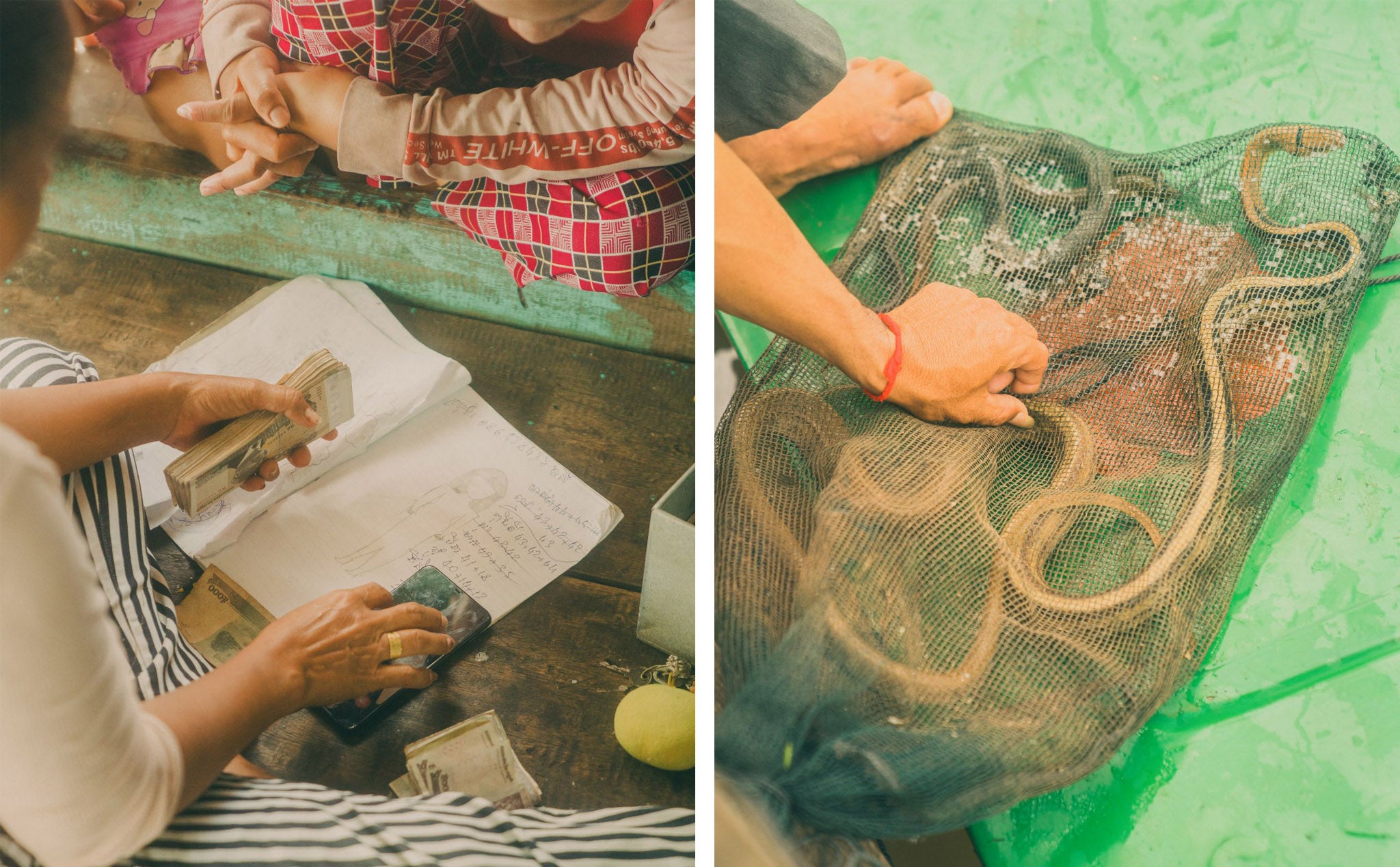
By photographing fishing nets dangling from dead trees and shrines used by fishermen using along the lake to pray for a good catch, Calvin emphasises how important the lake is to these communities and how desperate the situation can easily become.
For inhabitants of the many Tonle Sap’s floating homes, such as Mr and Mrs Paen, falling unwell with water-borne diseases due to unclean drinking water is something of a normality.
These floating homes are often just a few feet above the lake water on which they rely, but which also can also be a source of decreased sanitation and hygiene.
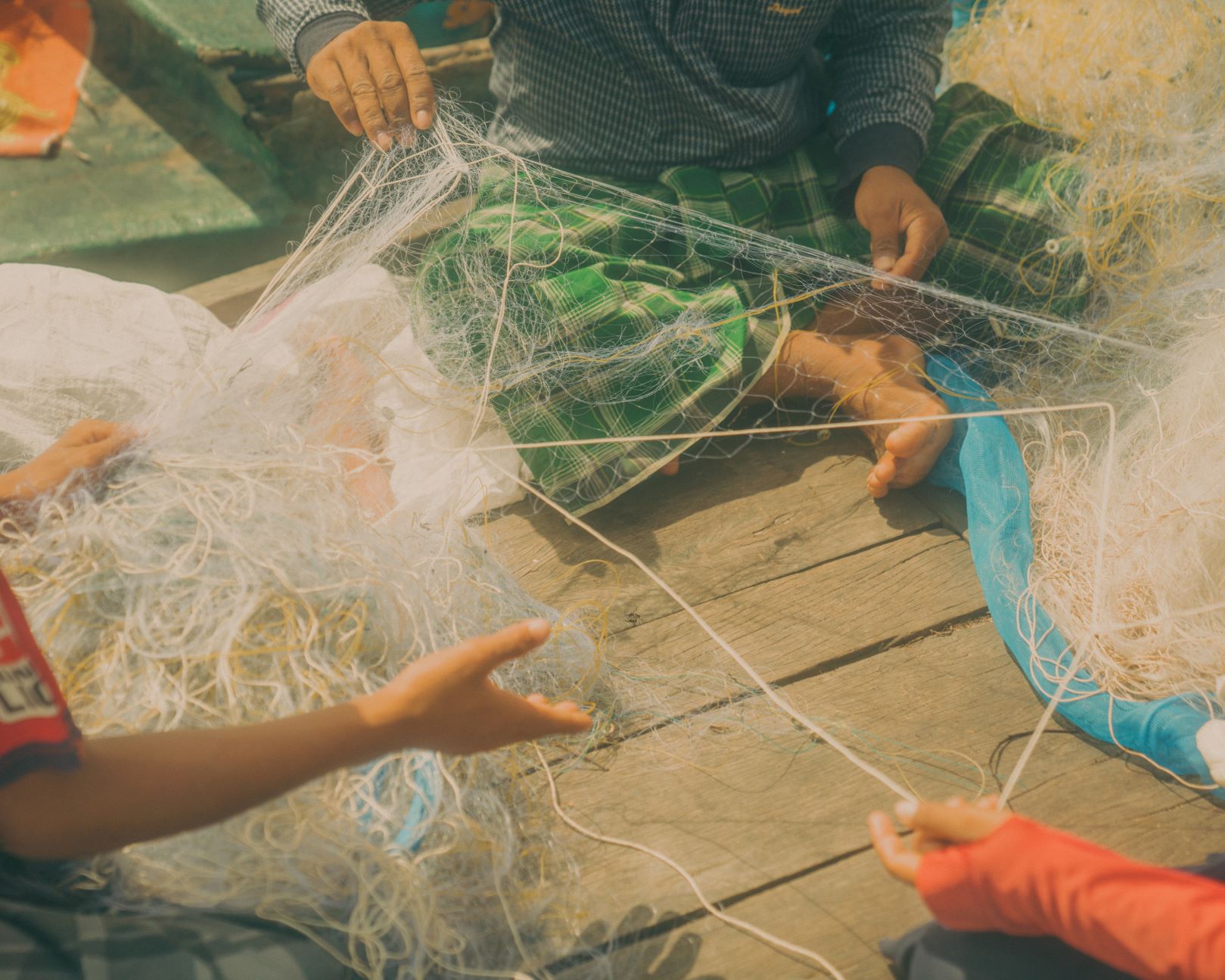
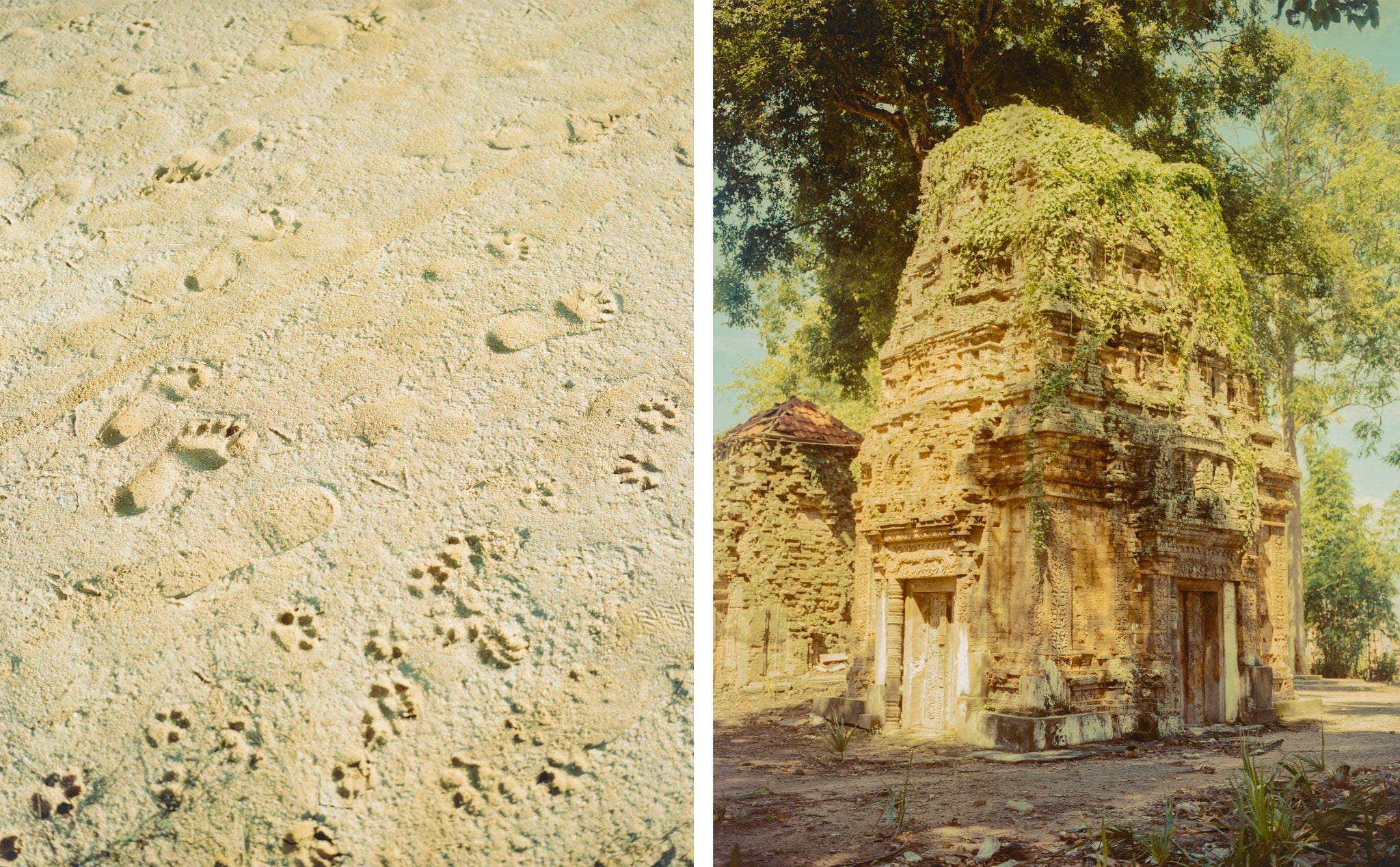
The delicate balance between man and environment reflected in Calvin’s photographs portrays how sensitive the Tonle Sap lake’s society is to drastic climate change, and how desperately helpless they are in stopping it.
Calvin Chow’s Once Beating Heart was commissioned by WaterAid and 1854/British Journal of Photography.







